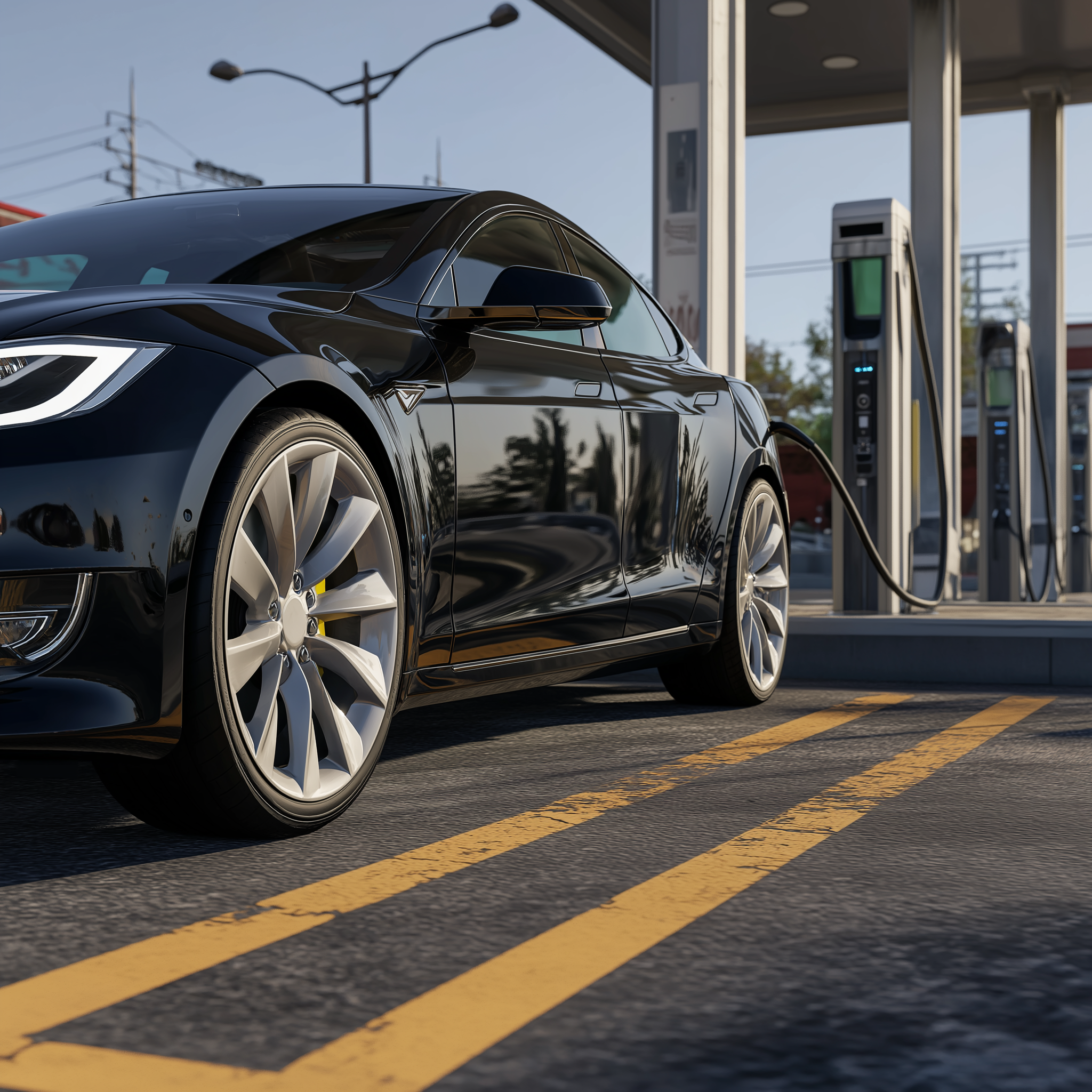The push for more environmentally friendly and fuel-efficient vehicles is constantly driving auto manufacturers to reassess vehicle technology. So, they continuously come up with the most efficient ways for cars to function. In addition to conventional gas and diesel engine cars, today, we have a broad array of hybrid, plug-in hybrid, and electric cars available on the modern auto market. Let’s consider the difference between these 3 options for you to determine which one is the most practical for you.
Hybrid vehicle (HEV)
A hybrid vehicle (HEV) uses a combination of a gasoline-fueled engine and an electric motor to produce energy. The engine uses gasoline to recharge the vehicle’s battery, which powers the electric motor. Though the main advantage of this vehicle type is better fuel economy, adding electric power can boost car performance in certain instances. The Honda Insight, manufactured in 1999, was the first mass-production HEV released in the United States. But that’s Toyota Prius, which went on sale in 2000, has become synonymous for the term and remains the world’s best selling hybrid car for more than a decade. Today, we have a great variety of hybrid vehicles on the world market. Remember to check a VIN history if you’re considering buying a used electric vehicle! Our free VIN check can help you make an informed decision when buying a used car, as you can verify that the seller’s claims match up with the information provided by the VIN. As an alternative, you can make use of our car license plate lookup to gain more information about the vehicle.
Plug-in hybrid vehicle (PHEV)
A plug-in hybrid vehicle (PHEV) also has a gasoline engine. However, it runs primarily using its electric motor, powered by the battery, and doesn’t tap into your gas tank until the battery runs out of power. Basically, a plug-in hybrid uses its gasoline engine as a backup plan. Similar to all-electric vehicles, whose battery can be recharged by plugging it into an external source of electric power. Charging the battery from the grid can dramatically reduce operating expenses. Many car companies look to plug-in hybrids as the next step in hybrid vehicle technology. As the use of plug-in hybrids has the potential to greatly reduce the number of greenhouse gases in the environment. It’s hard to believe, but the first electric hybrid is the Lohner-Porsche Mixte Hybrid, produced in 1899.
All-electric vehicles (AEVs)
All-electric vehicles (AEVs) run on electricity only. They’re propelled by one or more electric motors, using energy stored in rechargeable batteries. Charging an electric car can be done at a variety of charging stations. Depending on the type of charger and battery, it can take from 30 minutes up to nearly a full day to recharge a depleted battery. Sometimes, it can be pretty boring. On the plus side, electric vehicles are quieter, have no exhaust emissions, and lower emissions overall compared to internal combustion engines. Even though electric vehicles were first invented in the 1880s, only in 2008 manufacturers renovated the technology. That happened thanks to advances in batteries, and the desire to reduce greenhouse gas emissions and improve urban air quality. Nowadays, the world’s all-time best selling electric car is the Tesla Model 3.
If you’re looking for a more ecological and fuel-efficient vehicle, we would recommend you also reading The 5 Most Fuel Efficient Cas by SalvageBid.










7 comments
It’s really a great site for getting vehicle details
What’s up Dear, are you in fact visiting this web site regularly, if so then you will absolutely obtain nice knowledge.
Hi, after reading this remarkable paragraph i am
as well cheerful to share my know-how here with colleagues.
Hi, I do believe this is a great blog. I stumbledupon it 😉
I may come back yet again since I book marked it. Money and
freedom is the best way to change, may you be rich
and continue to guide others.
This article is in fact a pleasant one
Thanks for finally writing about it! Loved it!
Good replies in return of this question with genuine arguments and telling everything about that.